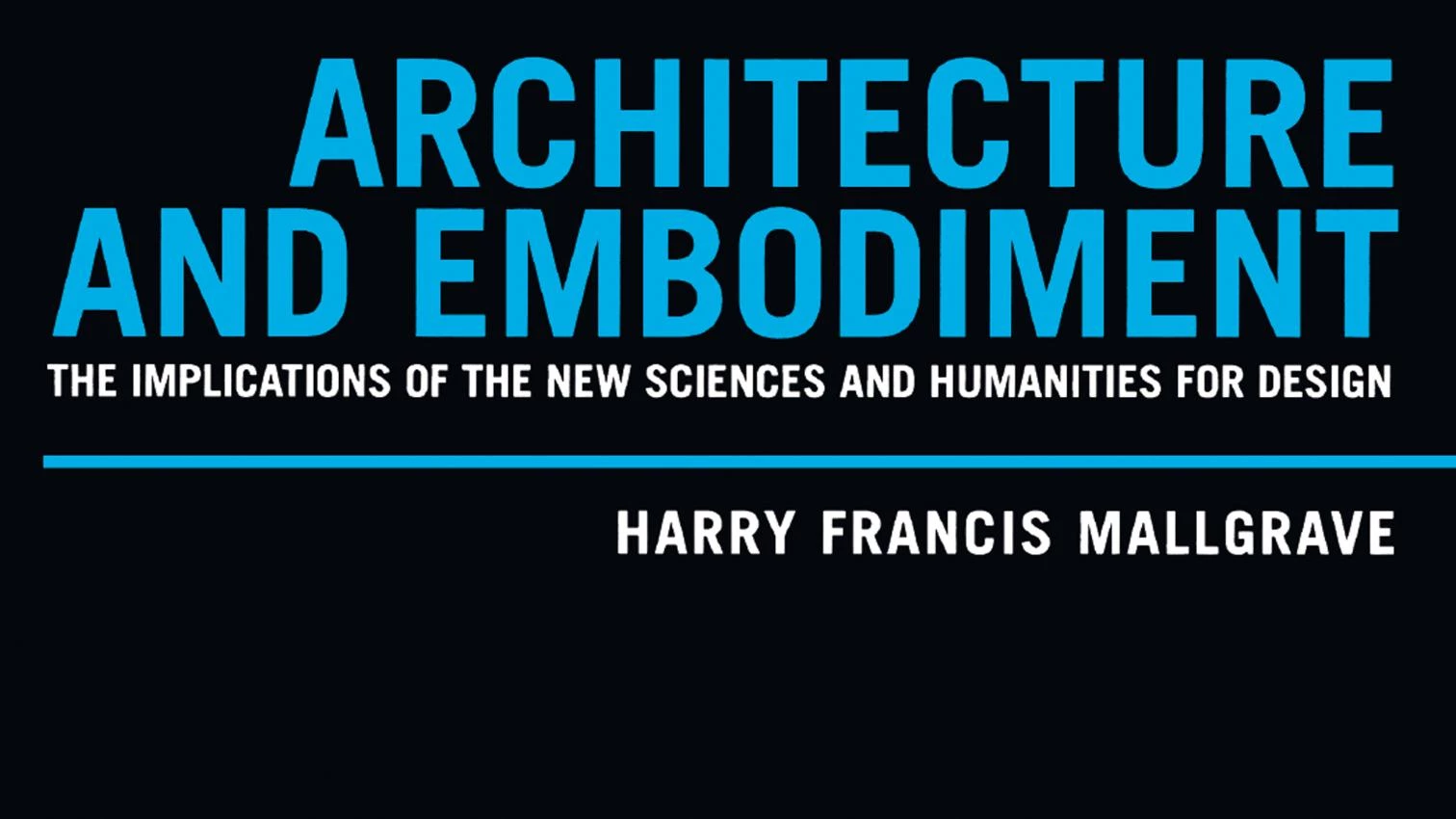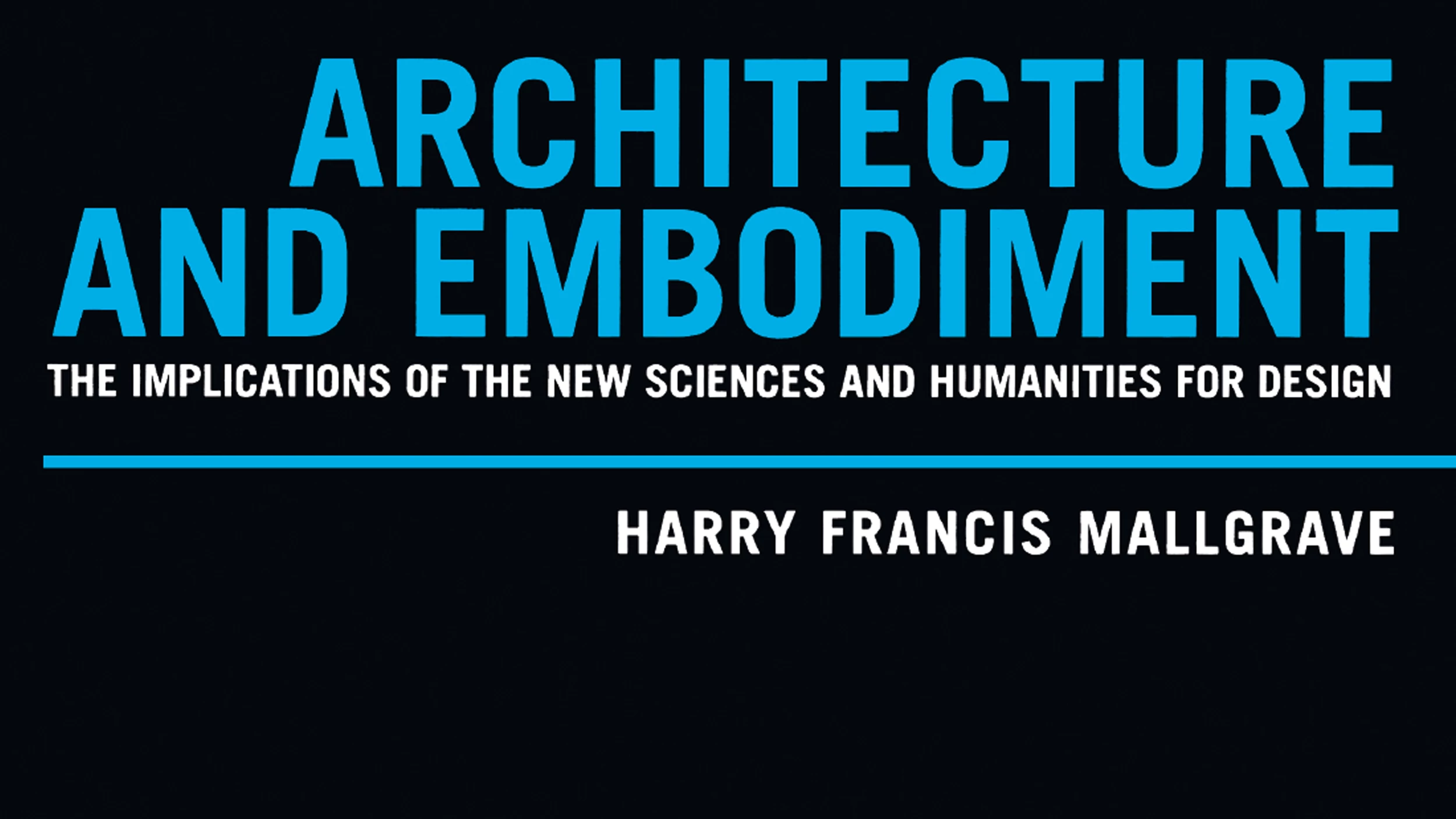
Does archit ectural theory need a neurobiological base? If so, what are the consequences? Harry Francis Mallgrave of the Illinois Institute of Technology has published Architecture and Embodiment to offer an overview of this perspective that is not a mere acritical doxography.
We are at a point in history where the anatomy and the physiology of the brain constitute the core of great research projects. New technologies have made it possible for neuroscientists to map out cerebral zones linked to specific intellectual functions. The book is supported by the results of diverse scientific studies of this nature, the author’s knowledge and handling of which is commendable. Its value lies not only in this general approach, however, but also in the fact that Professor Mallgrave, a great expert in the history of architectural theories, is in a privileged position to assess the extent to which neuroscientific breakthroughs can or cannot be of interest in a conceptual approach to this art.
Five chapters focus on the study of a general theme that Mallgrave unpieces masterfully, combining specific concepts of architecture with the findings of recent neurobiological research. Perhaps one of the book’s high points is in the chapter devoted to the experience of architecture, which shows how the theory of Einfühlung (‘empathy’) has been better understood since we learned of the existence of ‘mirror neurons’. If Mallgrave is right, the coming decades are bound to see a revolution in the theory of architecture. Time will tell.







